Tobar Gráinne, Ballycroum, County Clare
It’s a sunny day in East Clare: perfect for a walk in the hills. This part of the country is a bit of a hidden gem: loughs, mountains, wells, rivers, and all sort of little nooks and crannies make it a rolling and often rather beautiful landscape on a summer’s day. The fact that hardly anyone comes here is a bonus.
It brings problems with it though, and on our search for this week’s well, my wife and I came across one of them. We had planned to follow a footpath through the hills, which led to a mass rock, a holy well and a cluster of prehistoric tombs, this being my idea of a good day out. But when we got to the trailhead we discovered that the footpath had been closed. A big official sign told us it was no longer open for walkers.
I have a complicated relationship with big official signs. When I find them telling me I can’t walk across the hills, my reaction, 99% of the time, is to rebel. If there were wild bears on the loose, or escaped maniacs, or a field of uncleared landmines, then I’d be happy to obey, but this is East Clare. Everything looked fine. We decided to ignore the sign.
Soon enough, we found out why it had been put up. The path was obscured by brambles, bogs of boot-sucking mud, electric fences and gorse; all of which only made me more determined to keep walking. There are few enough public footpaths in Ireland, and the landowners should damn well maintain them! However muddy it got, we were going to keep on walking.
Soon enough, we came to a sign that pointed us in the right direction:
Tobar Gráinne, the well we were seeking, was supposed to lie on the top of some hills. One of the hills contained a collection of neolithic tombs, said to be around 4,500 years old. There was also, as the sign indicates, a mass rock. Mass rocks are common in Ireland, and are often marked like this. Back in the late seventeenth and early eighteenth centuries, the Irish Parliament, under the control of the Protestant Ascendancy which had been importing landowners from England and Scotland to settle, and ultimately convert, Catholic areas of the country, instituted a series of laws known collectively as the Penal Laws, which in many places made it difficult or impossible to celebrate the Catholic Mass.
Edmund Burke, the original conservative philosopher, described the Penal Laws as ‘a machine of wise and elaborate contrivance, as well fitted for the oppression, impoverishment and degradation of a people, and the debasement in them of human nature itself, as ever proceeded from the perverted ingenuity of man.’ Those who were oppressed by them though, did not always take their degradation lying down. Refusing to relinquish their faith, priests would hold secret masses in remote parts of the countryside, or in houses or barns. A ‘mass rock’ is simply a flat stone, usually in a remote place, which was used as an altar for one of these surreptitious masses.
Ploughing on, perhaps literally, we eventually saw a hilltop with a rocky crest on it:
Could this be the mass rock? Or the tomb? Were they in the same place? I had read that this ‘well’ was actually a dip underneath the capstone of a neolithic tomb. But which direction was it to be found in? This was the problem with following closed footpaths. If you got lost, nobody cared. And nothing was clear.
As we got closer to the summit of the two low hills, it did feel like we had entered some other kind of place. The place was not a modern one. Not a very Christian one, either. These tombs, after all, were more than two thousand years old when Christ was born. In Ireland, the Sidhe - the faerie folk, whose names are only whispered, and who are to be feared - are said to dwell in ‘hollow hills’, which some have interpreted as the ancient tombs which litter the Irish landscape. Is this one of them?
It is best not to look into these things too deeply. If anything, or anyone, dwells under those mounds, beneath the sphagnum moss and the reindeer lichen, you do not want to meet them. Not least because, if the many folk tales on the subject are to be believed, the faeries enjoy playing with humans by addling their minds. They send people off down the wrong paths, mess with their sense of direction, and make sure, in extreme circumstances, that they never get home.
It was starting to feel like this was happening to us. There were two hills in view now, but which one of the many promontories was a tomb, and which a natural formation? And which had been used as a mass rock? Maybe it was this one:
Ballycroum’s mass rock is named Altoir Ultach, because it was supposedly used by an Ulster priest, Fr Ultach. This is certainly a good place to come for a clandestine mass. Assuming you can find it, the chances of anyone following you out here must be slim indeed.
Maybe this was the mass rock, then. Or maybe it wasn’t. How were we to know? We descended into a low valley and ascended the hill on the other side of it. Maybe this was the place. There certainly seemed to be a lot of hollow hills here - the soft mounds often known as barrows, or giants’ graves, which reliably point to a tomb beneath. But what of a mass rock? And a well?
We went back down into the valley and back up to the original rock. This had to be it. The well we were looking for is called Tobar Gráinne, and is said to be named after a local goddess, Grian, particularly associated with East Clare. Grian seems to have given her name to a local lake, Lough Grainey, too, though she is one of the many ‘Celtic goddesses’ who have left nothing behind but a name. It’s a curious name for a holy well. If it is indeed named after Grian, it would be a rare case of a well with an openly pre-Christian association.
Mind you, it’s a curious well too; assuming it is a well. Beneath the overhanging crag, which may or may not be a mass rock, we found a wet cleft, with a few drops of water dripping into a tiny mossy pool. This may - or may not - be the well:
We contented ourselves, in the end, with this discovery. It had been a long walk and we were still only halfway. By now, too, the atmosphere did seem strange, and confusing. What direction were we supposed to head next? Where was the path? Perhaps following this trail had not been such a good idea after all. The heather, the gorse, the stumbling stones, the mass rocks, the tombs, the pools and the springs … they were all coming together in some strange upland vortex. Was it the faeries? Maybe the path had been shut off because this is what they did to visitors. W. B. Yeats knew the score:
Where the wandering water gushes
From the hills above Glen-Car,
In pools among the rushes
That scarce could bathe a star,
We seek for slumbering trout
And whispering in their ears
Give them unquiet dreams;
Leaning softly out
From ferns that drop their tears
Over the young streams.
Come away, O human child!
To the waters and the wild
With a faery, hand in hand,
For the world's more full of weeping than you can understand.
We got back though, in the end. Wet and muddy and slightly lost, and late to collect our children from school - but we survived. Did we find the well? We found something alright. Was it what we were looking for? Who knows? Sometimes the day still seems like a daydream, blown in from the hills.


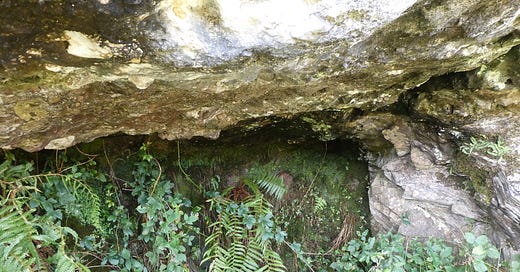




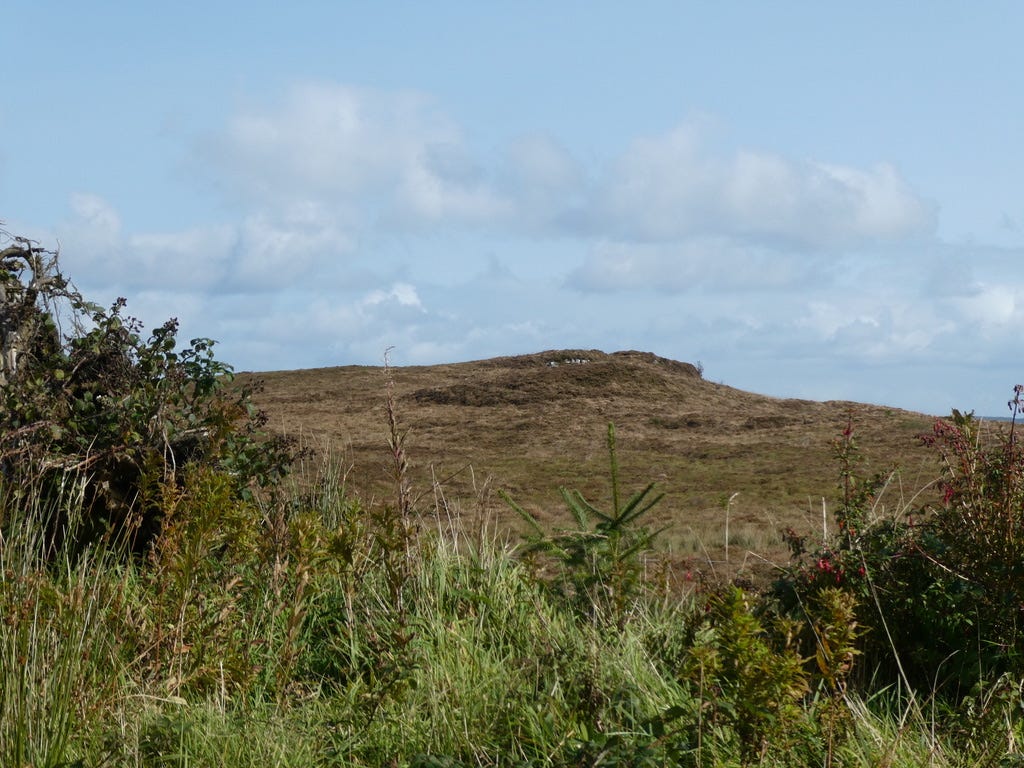
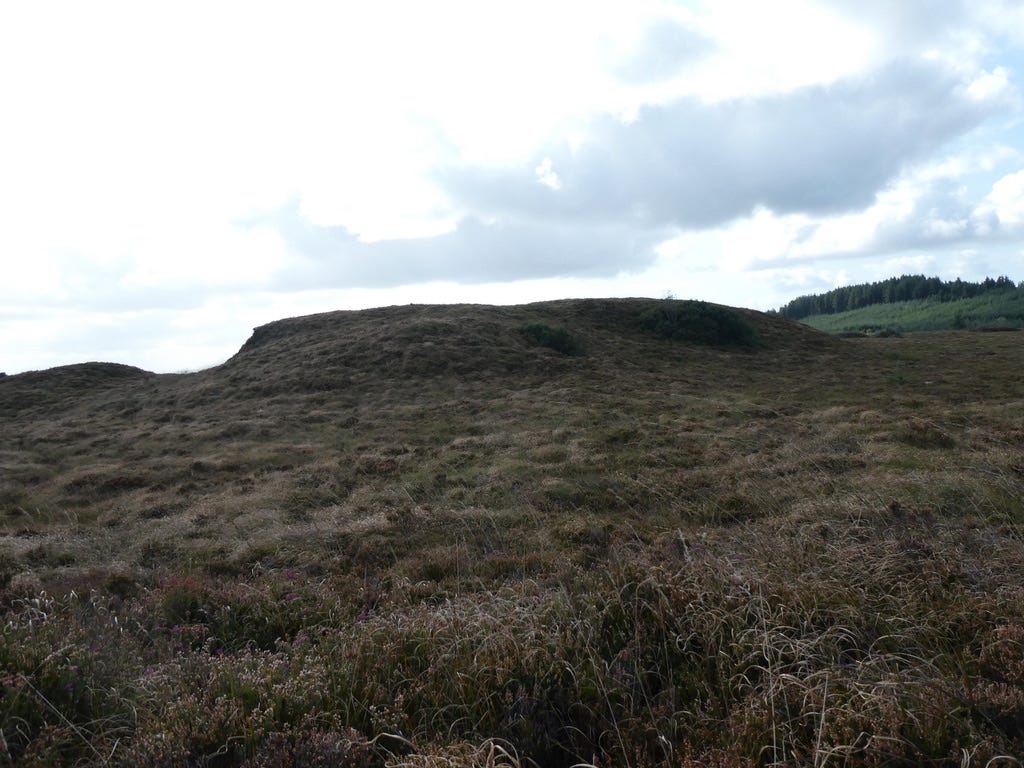
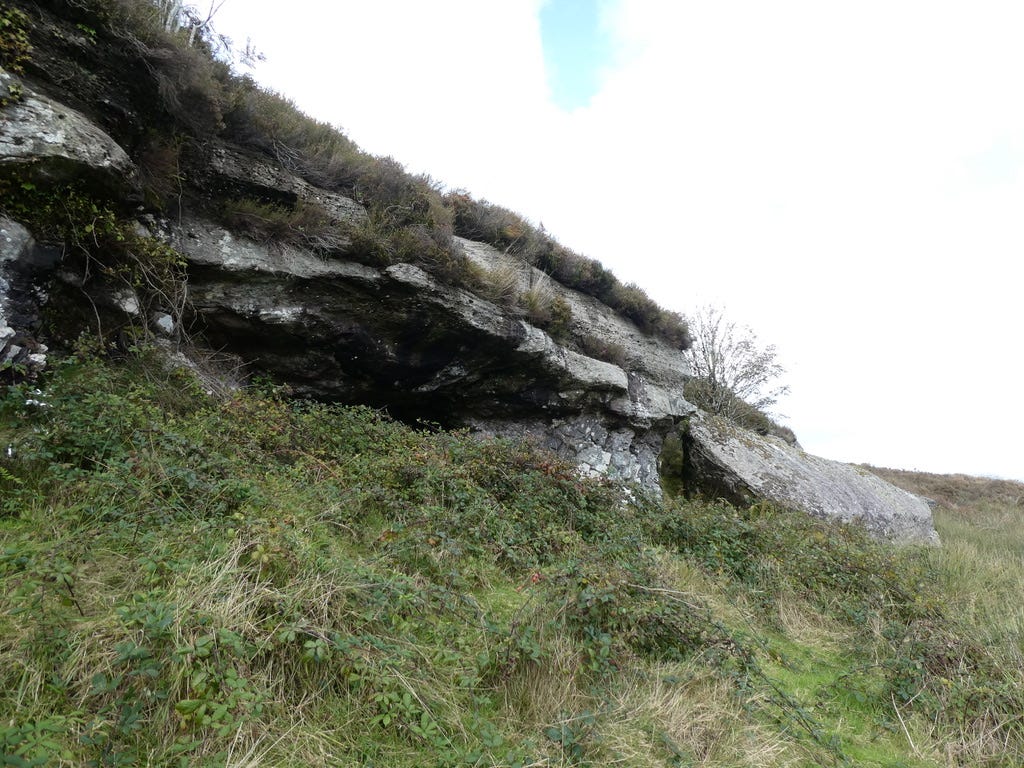
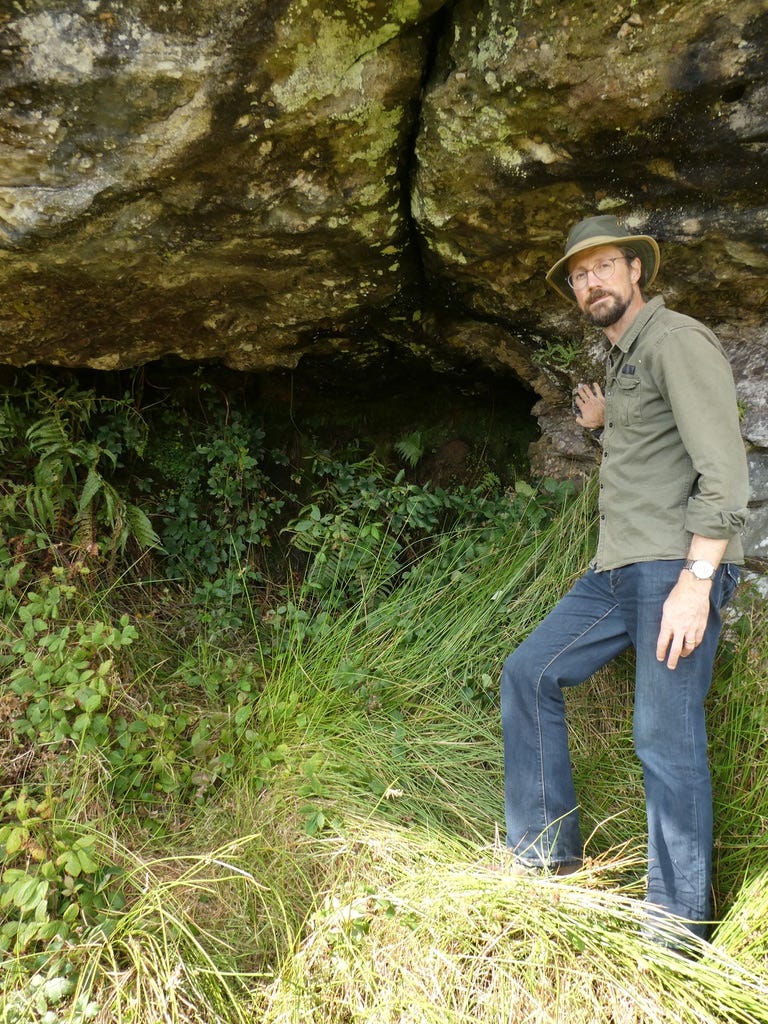
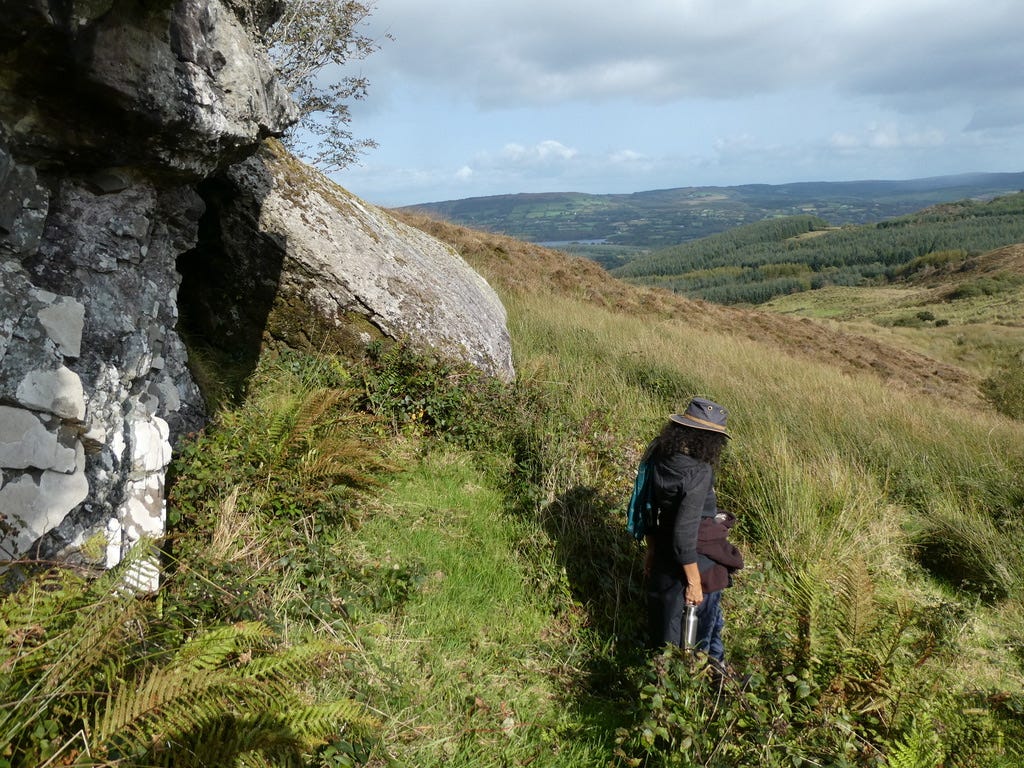
I know that experience well. You are sure you are alert and know where you are and then suddenly you can’t get your bearings. You are going round and round in circles. You can see the familiar a bit of a way off but can’t get to it.
I was reliably informed by my lovely father in law, many years ago, that this experience is the work of the fairies. It had happened many times to him . Solution: Take off your coat or jacket and turn it inside out and put it on again. Clarity returns. Brain fog disappears.
A proper Irish adventure—tombs and faeries and breakin' the law—plus Yeats! Probably my fave Holy Wells essay to date.